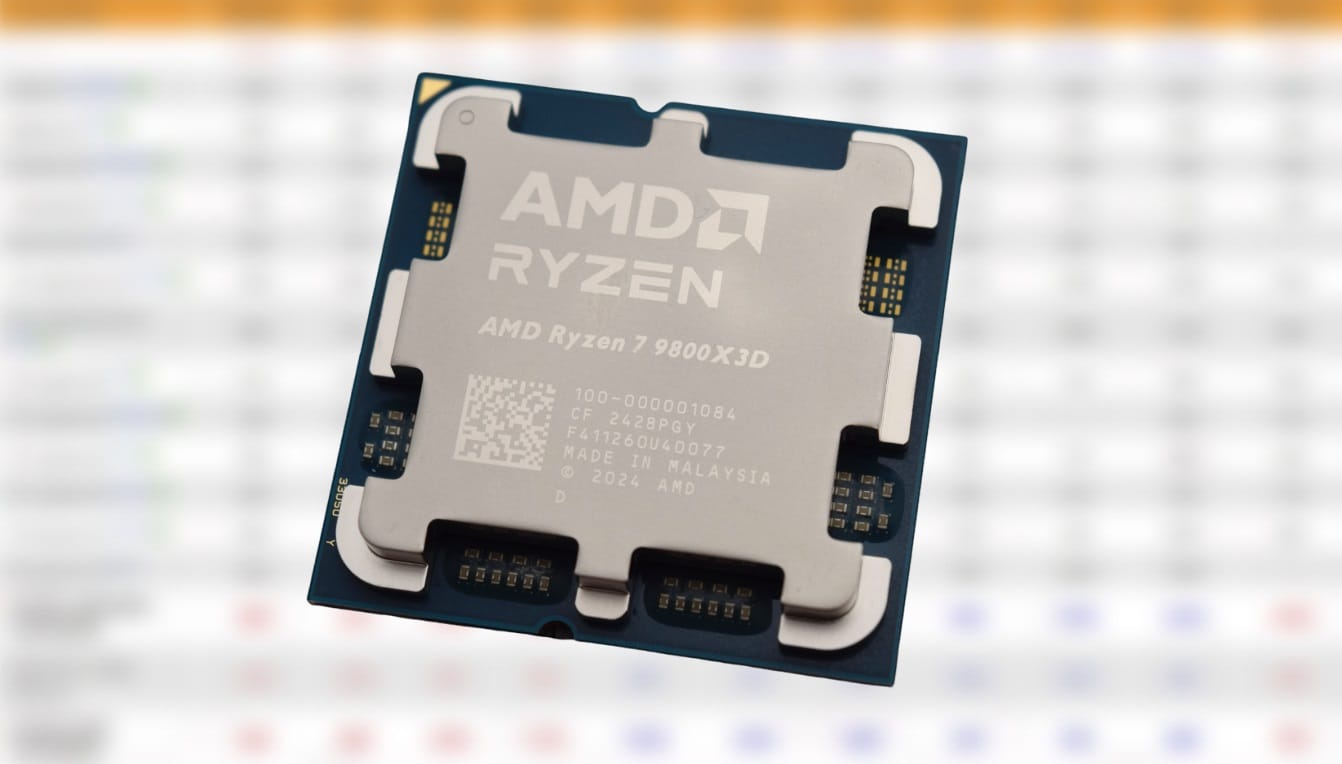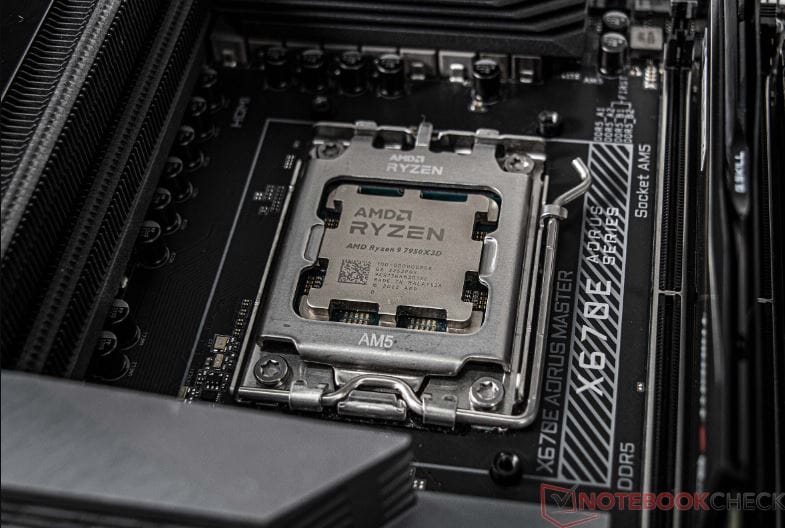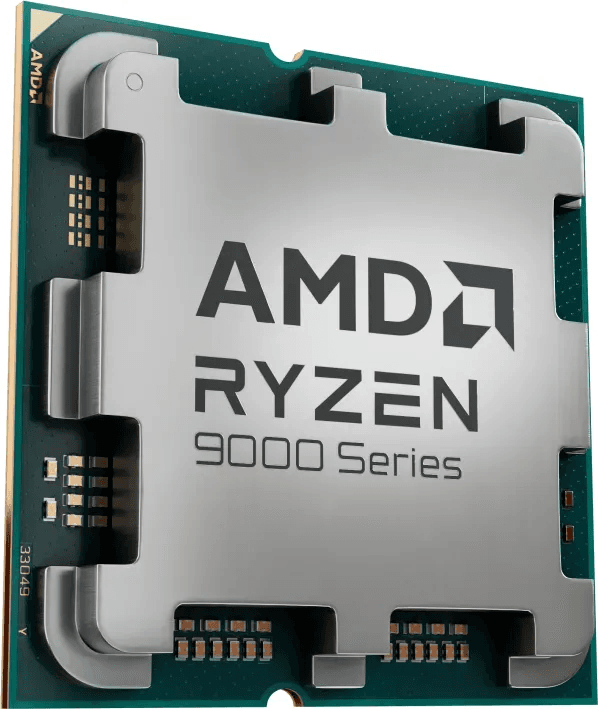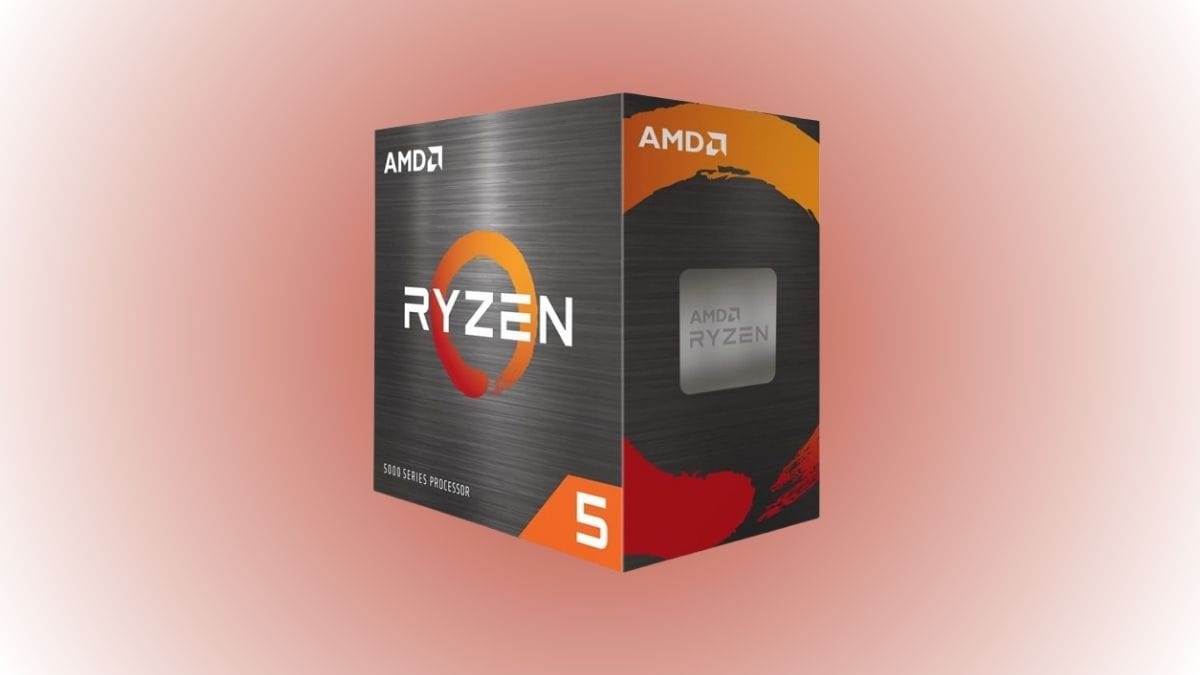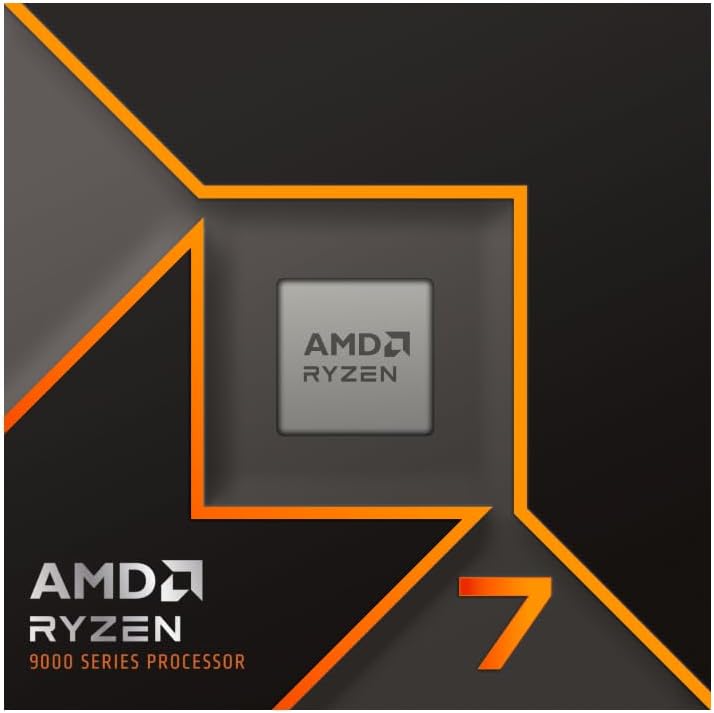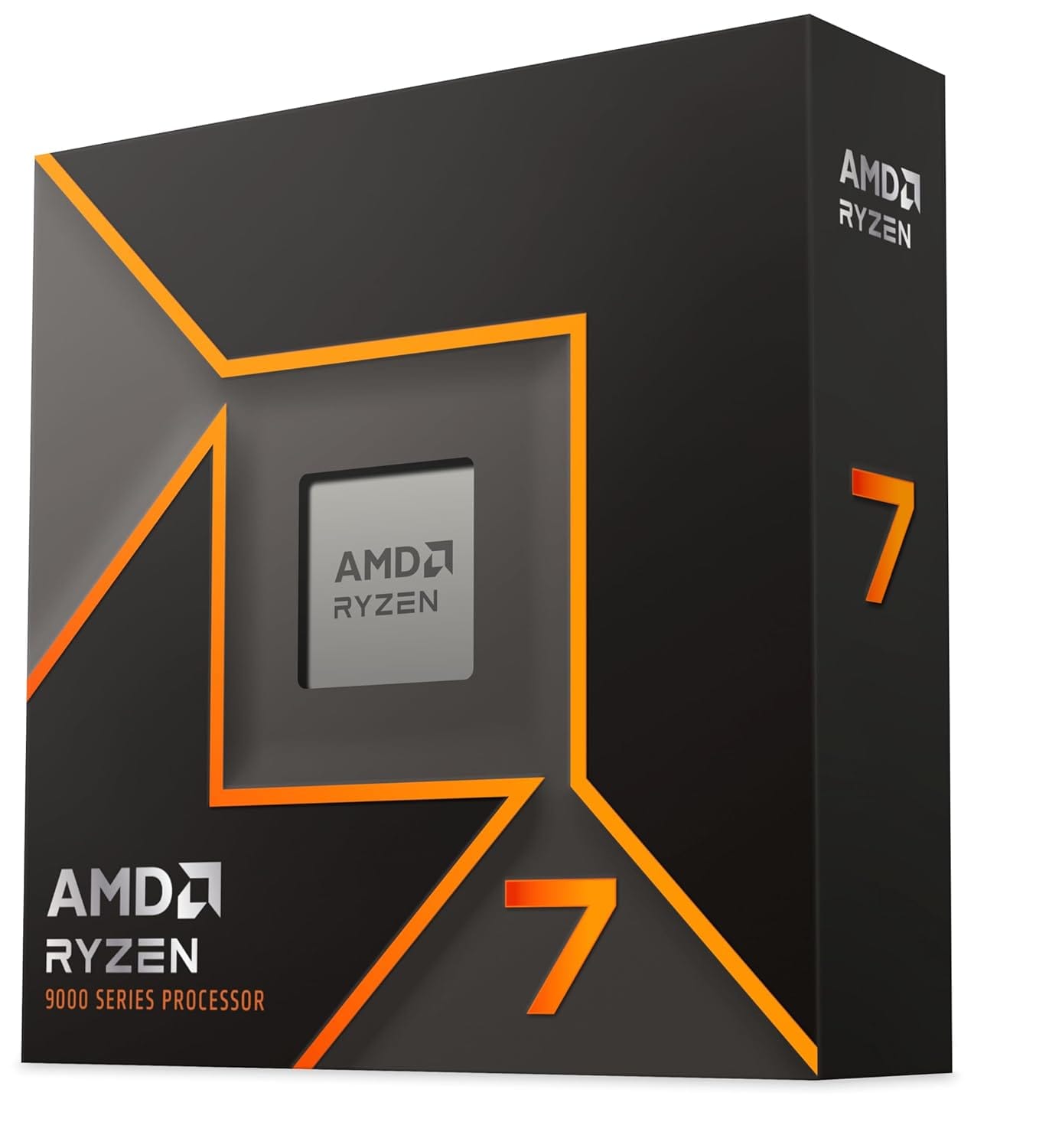Keeping in line with the legacy of the Ryzen 7 5800X3D, AMD has introduced a new Zen 5 processor featuring 3D V-Cache. The processor is named “Ryzen 7 9800X3D,” and it boasts 8 cores. This latest chip not only aims to reclaim the gaming performance throne once occupied by the Ryzen 7 7800X3D but also intends to extend its lead over Intel. The Ryzen 7 9800X3D has successfully achieved this goal.
Performance Overview
According to our evaluation of the Ryzen 7 9800X3D (linked below), this X3D processor ranks as the top gaming CPU available today, showing an average performance boost of 14% compared to Intel’s Core i9-14900K, and an impressive 40% over the Core Ultra 9 285K.
Nonetheless, like with all CPU launches, reviews can vary widely. Therefore, it is beneficial to consider a thorough analysis of launch reviews. Fortunately, 3DCenter has provided a detailed roundup of the Ryzen 7 9800X3D reviews following the Arrow Lake launch. The overall findings portray the Ryzen 7 9800X3D as a very strong option for gamers.
Comparative Analysis
From the 14 launch reviews compiled by 3DCenter, the Ryzen 9800X3D is, on average, 9% quicker than the Ryzen 7 9700X and about 7% faster than the Core i5-14600K in various applications. This is a noteworthy achievement from a technical perspective, especially since previous X3D models typically lagged behind in productivity when compared to their non-X3D siblings due to lower TDP and clock speeds.
However, the Ryzen 7 9800X3D struggles against the Core i7-14700K, Core Ultra 7 265K, and Ryzen 9 9900X, as it falls short by as much as 20%.
Gaming Highlights
The gaming capabilities of the Ryzen 7 9800X3D are where it truly excels. The analysis by 3DCenter indicates that this processor provides around an 11% performance increase over the Ryzen 7 7800X3D and a 23% improvement over the Ryzen 9 9950X. Unfortunately for Intel, their best gaming processor, the Core i9-14900K, is approximately 19% slower, while the Core Ultra 9 285K lags behind by 23%.
For those still using the Ryzen 7 5800X3D, upgrading could be worthwhile, as the newer Ryzen 7 9800X3D delivers an average performance boost of 32%.
Efficiency Considerations
Ryzen X3D processors are recognized for their excellent efficiency. This time, though, AMD has chosen to prioritize higher clock speeds over efficiency, leading to the Ryzen 7 9800X3D not meeting or surpassing the benchmarks set by the Ryzen 7 7800X3D (available on Amazon).
Despite this, the Ryzen 7 9800X3D still presents a solid argument for its performance with an average consumption of around 107 W in tested applications and just 73 W while gaming. In contrast, the Ryzen 7 7800X3D shows consumption figures of roughly 65 W and 53 W for applications and gaming, respectively.
Moreover, the Core Ultra 5 245K and Ryzen 7 9700X showcase lower average application consumption at 95 W and 81 W compared to the Ryzen 7 9700X. However, in gaming, the Ryzen 7 9700X consumes a bit more at 86 W, while the Core Ultra 5 245K uses 67 W, which is 6 W less than the Zen5 X3D chip.
Conclusion
In summary, the Ryzen 7 9800X3D is a remarkable launch by AMD, bringing fresh excitement after a series of less impressive releases. Sadly, Intel does not have a competitive response, and it may be some time before they do with future CPU designs.
3DCenter



